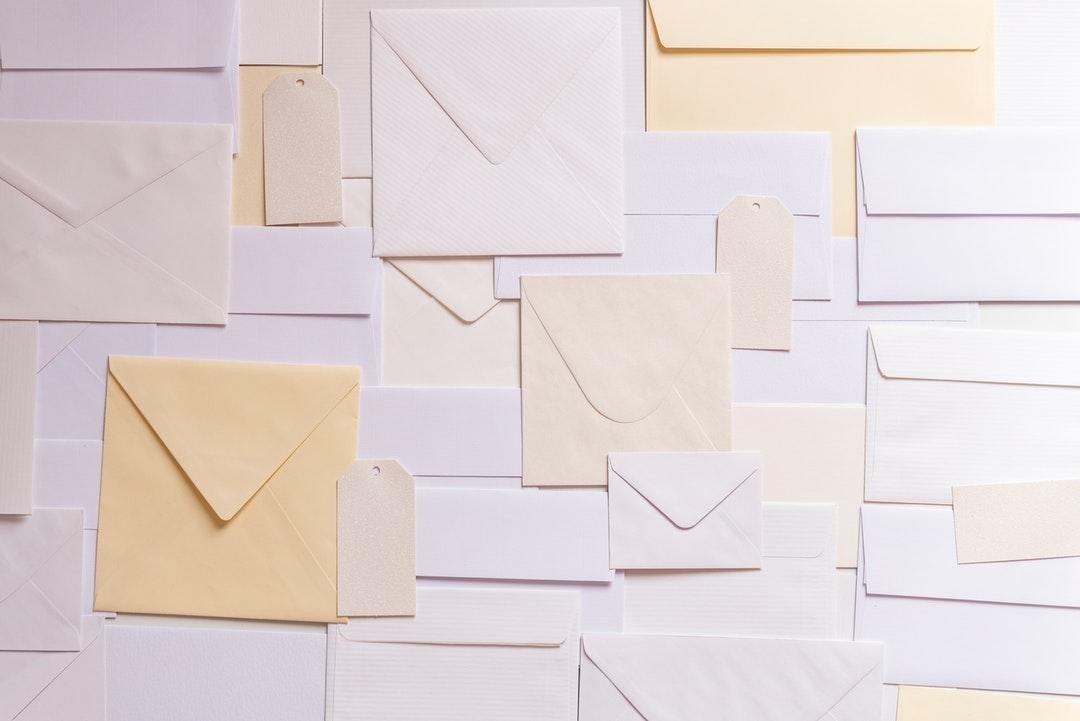
In 2021, 128.9 million envelopes were shipped and sold, with a price tag of $1.96 billion. With such a massive market, there is no one-size-fits-all answer for choosing the best envelope paper.
This popular market offers many options.
An envelope can mean more than you think. Whether you are sending a direct marketing promotion or billing statement, the quality of the envelope surrounding it makes an impression on the person opening it.
If you need to choose the right paper for an envelope, it largely depends on how, what, why, and where you are sending it. Here is a guideline to help.
Envelope Paper Weight
The typical weight of a #10 envelope is approximately 6.75 grams if they make it with 20# paper. However, the weight of the envelope you choose must depend on the thickness of the contents you are putting in it.
Here is a simple guideline to better assist you. 20# to 24# paper can have a common size of #9 envelopes or #10 envelops. 24# to 28# paper can fit nicely in a 6×9 envelope of a 9×12 envelope.
Paper For Envelope
In envelope production, there are six main kinds of paper grades. Here, we will outline the paper types and provide a brief description to help you understand the differences.
1. Kraft
This is a strong paper with long fibers. You typically see kraft envelopes with brown stock paper. However, it is not the best envelope paper for printing.
If you are looking for an envelope that you can print with a 4-color ink process or complex graphics, kraft envelopes would not be suitable.
2. Wove
This envelope paper has short fibers, and wove envelopes do print well. It has a smooth appearance and is economical in pricing. There is a variety of weights and colors.
Bright White is the original form of woven envelopes, with a brightness level of 92. For both direct mail and statements, woven envelopes are popular.
3. Surfaced Enhanced White Wove
You can use this type of envelope with offset lithographic printing. If you have a heavy ink design in mind, this envelope paper with smooth and would be ideal.
4. Recycled
It’s great to go green! Improve your sustainability and show the person receiving your content that you care about the Earth. Typically, in envelope production, they make recycled papers of 10% to 30% post-consumer content.
5. Tear-Resistant
Under the usual circumstances and typical applications, this envelope paper is indestructible. It is often moisture-resistant. Protec and Tyvek envelopes are made from paper that is tear resistant.
If you want to mail your last testament, tear-resistant paper is a good option, or you can shop will envelopes online here, right now.
6. Specialty
There are tons of options with specialty envelope papers, which include finishes, colors, weights, and textures. Because of their intriguing features, they may be the best envelopes for direct mail. Although it could be at a higher price point.
How to Choose Envelope Paper
The envelope paper you choose speaks volumes about what is inside it. It gives the receiver an impression. Choosing the best envelope paper depends on what you are sending, how heavy it is, whether you want to print on the outside, whether you worry about potential tearing or moisture, and lastly, the cost.
Once you consider all these factors, you can choose the right envelope paper.
Tips and tricks like these are how to make life simpler, so don’t leave! We have many more articles with brilliant advice. Keep clicking on more great content.
